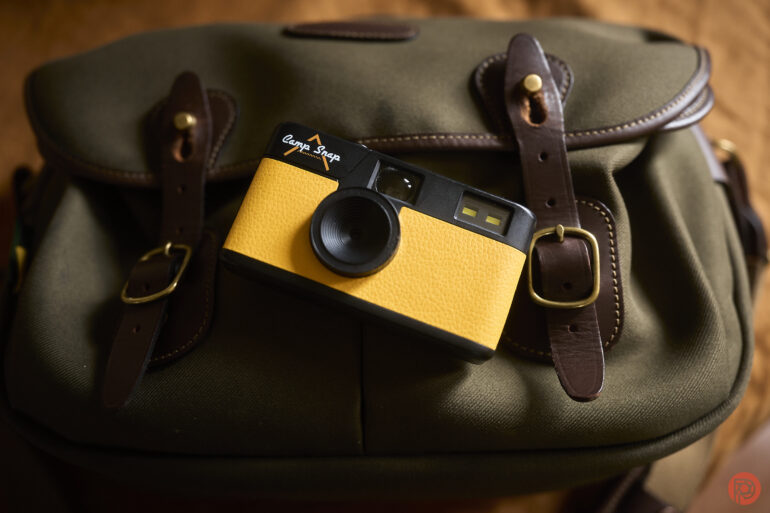
Back in 2009, I wrote an article about how to choose a point and shoot camera — specifically, the right one for you. When taking a look back into our archive, I realized that we’re experiencing similar things. Arguably, we’re in some sort of recession right now. And there are so many good cameras out there right now that you don’t need to buy something brand new. In truth, an older full-frame camera that’s more feature rich than smaller sensor bodies will be cheaper than a newer camera. People want point and shoot cameras because they’re sick of the AI processing that their phones are doing and they want to look at those types of screens a lot less.
During that time, people were talking about megapixels and so much more. But these days, manufacturers don’t even really mention those things anymore. Throw what you know about megapixels, zooms, features, colors, and compactness out the window right now. It’s time to know how to ensure that you’ll be satisfied with your purchase for a long time.
This article is taking parts of Phoblographer’s 2009 piece and updating it to a certain point.
How Patient Are You?
Many people are intimidated by lots of buttons and complex menu systems. Many are not tech-savvy or do not care or want to learn the different things about their camera. Different cameras have different learning curves. So because of this, go for either a modern cheaper point and shoot or a retro-digicam that was designed for the entry-level crowd. They’ll have the quickest learning curve and will allow you to do what you want easily. A great one is the Digifilm camera.
Trust me, you most likely won’t need to read the manual if you do what I’m telling you.
If you don’t have a true willingness to learn about your camera, don’t buy a more advanced one.
What Do You Shoot/Want to Shoot?
Lots of people say, “I don’t know.” Well, try to figure it out. Do you have kids? Do they play soccer or football? Do you attend lots of parties, get drunk and spill beer on your camera? Are you going on lots of vacations? Are you using it for work? Do you like sitting around and taking photos of your cat playing with yarn for hours upon hours?

Keep these in mind: it’s all a part of knowing yourself. When you go to buy the camera, let your customer service rep know what you’ll be using the camera for. A good rep can help you.
If you’re reading this article, then you’re probably a member of Gen or a younger Millennial of some sort. You probably don’t have kids, and you just want a different digital experience for the vibes. Camera like the Camp Snap are designed for kids to take to summer camp and not have the parents worry too much about the cost or the camera.
How Will You Use it?
This is important as battery life is a major factor as well as durability amongst other issues. Maybe you go on a lot of hiking treks and need something tough. Perhaps you need a camera that will be able to upload photos straight to the web without you hooking it up to your computer. You need to figure this out before you make the purchase. Keep a checklist.
One of the best cameras on battery life that I’ve used is the Canon G1x Mk III. That’s because of the weather resistance and minimal features that don’t drain the battery too much.
Can it be repaired?

Years ago, I talked about having a family camera. But times have changed. You probably want to know if your camera will be easily repaired. And the honest answer is that the brands most likely won’t give you the repair. So instead, we recommend, purchasing, the Phoblographer’s Photography Care Program.

